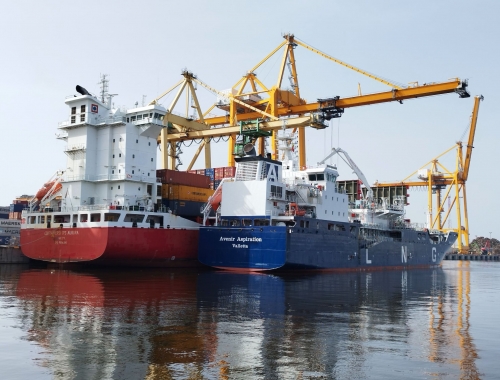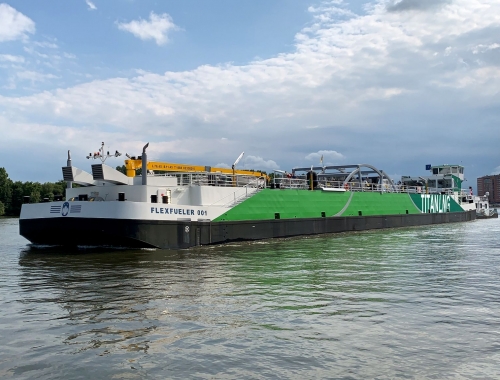Fluxys, Equinor prepare CCS storage for Belgium, Norway
SUMMARY
An FID on the pipeline, which will link Zeebrugge in Belgium to CCS centres offshore Norway, is expected in 2025.
By Callum CyrusPOSTED IN:
Equinor and Belgian gas grid operator Fluxys are teaming up to deliver a major carbon capture and storage (CCS) transit system that will bring emissions from Belgian industrial firms to secure subsea storage centres off the coast of Norway, Equinor said June 29.
At the heart of the concept is a 1,000km CO2 export trunk line that will be built and operated by Equinor to bring CO2 across the Norway to Belgium North Sea border. The trunk line will serve Zeebrugge, a major industrial port town on Belgium's North Sea coastline. From Zeebrugge, the pipeline will connect to Fluxys's onshore carbon transit grid.
A second branch of the pipeline is under consideration to connect to northern France at the port of Dunkirk. Additional connections will be considered in due course to connect the trunk line to other northwest European markets, Equinor said.
The CO2 transit system will have a nominal transport capacity of 20 to 40mn CO2 tons/year, marketed on an open-access basis. A final investment decision is expected by 2025, once ongoing feasibility work on the pipeline has been completed.
Equinor says the pipeline will offer businesses an accessible logistics chain for CO2 usage, lifting large volumes of carbon straight from northwest Europe's capture points and bringing it to storage centres, with minimal operational restrictions.
Most of Europe's capacity for carbon capture and storage is situated around northwest Europe, around the North Sea coastlines, the British Isles and into Benelux and France. According to an EU CCS strategic paper, Europe will require roughly 68mn mt/yr of CO2 capture capacity before the end of this decade.
The industrial Belgian heartlands that will be served by Equinor's project are also expanding. Zeebrugge's port facilities were recently merged with the Port of Antwerp in Belgium, the second world's second biggest seaport. Fluxys launched an LNG terminal at Zeebrugge in 1987, with a technical regasification capacity of 104 TWh/year.
Grete Tveit, senior vice president of Equinor's low carbon solutions division, said: "We are excited to launch the CO2 infrastructure project with Fluxys in Belgium.
"Together, we have the potential to enable large-scale decarbonization of European, carbon intensive industries. With our partners, we can deliver an end-to-end CCS value chain. Equinor believes that CCS is vital to succeed with the energy transition and to reach net-zero by 2050.”
Pascal De Buck, CEO of Fluxys, said: "Together [with Equinor] we offer strong and complementary know-how and expertise for providing a wide range of emitters in North-West Europe with a reliable and efficient carbon transmission and storage solution essential for achieving climate change objectives and ensuring the long-term viability of the economy.
"Our objective with the Equinor-Fluxys project is to offer a robust structural decarbonisation solution and we now make the move to deliver.”








